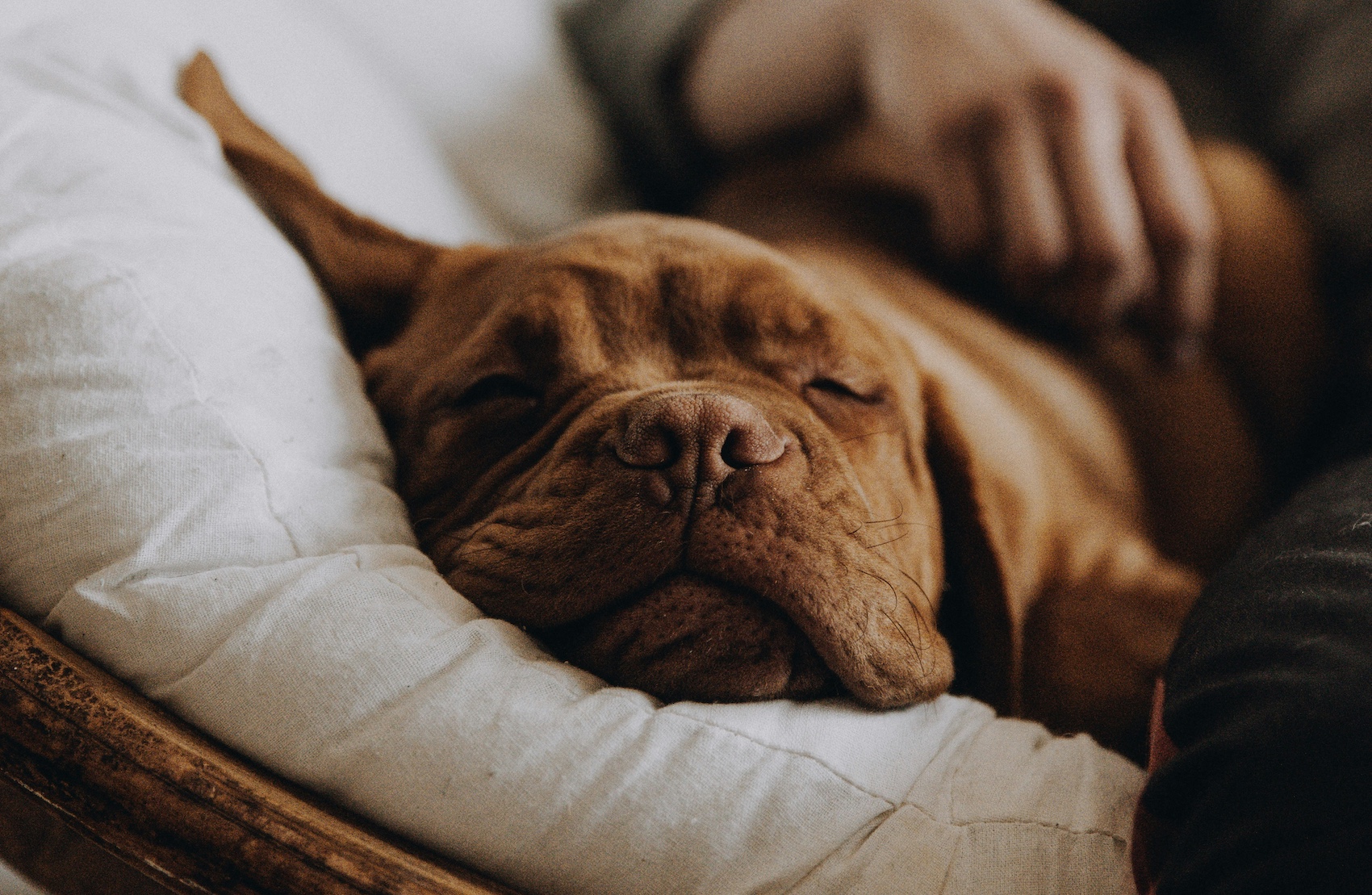Your cart is currently empty!

Post operative knee surgery – what do you need to know?
In practice we see a lot of cranial cruciate ligament (CCL) and patella luxation surgical repairs. They are the most common stifle / knee issues. We used to see a lot of TTA repairs from CCL tears, but TPLOs have become much more popular in the last few years. Something I have noticed is, that if there is a complication of any kind- poor pain management, excessive swelling, infection, plate or screw issues etc, these dogs have a tendency to constantly struggle with the affected leg.
These dogs will often have a permanent limp or off-loading of the surgical limb. In many cases the dog has full stifle ROM, no compensatory areas of pain or dysfunction (sacroiliac or lumbar spine dysfunction, muscular compensations in sartorius or gracilis etc) and appropriate muscle tone, they can still be seen to not fully weight bear on the surgical leg.
The question keeps coming up: Why, why why??
Well, I believe that there are two components in these cases- the psychological and habitual elements. Prolonged pain can change the central nervous system and cause an overrepresentation of that limb or affected region, in the homunculus of the brain. As a result, any problems occurring in the affected limb becomes amplified when interpreted by the brain. Limb functioning is altered compared to the other side.
When this happens in our canine patients, it’s hard to normalize. It’s hard to change these compensations in people – with whom we can work on the psychology of pain management. When addressing it in dogs, we likely have to use physical stimulus to change the psychology.
Other factors that I think we need to consider, particularly in sporting dogs and show dogs, is that we may not be getting them ‘sport specific ready’ and are not taking these dogs far enough along in their rehab journey by not prescribing challenging intensity exercises to get them to higher levels of function. Certain disciplines within the dog world- such as show or sporting dogs, also comes with owners that notice the most subtle alterations in gait or weight bearing, turns of the leg, positioning of the foot, bend of stifle, level of the topline and so on.
So, if we look at the component of return-to-sport rehab, we need to learn to prescribe higher levels of exercise (bursts, change of direction, strong muscle contractions, acceleration, deceleration, etc.)
Let’s look at an example I had in practice recently:
Ben is a 4 year old golden retriever who had an extracapsular repair and got an infection at the surgical site that lasted for 10-weeks post-op. During that recovery time, Ben never put weight on that leg. 10 months later he will still occasionally toe touch in standing and offload the leg. (No pain, full ROM, no meniscal tear, no ‘other’ issues… just habitual at this point – I believe.)
Soooooo, what do we do??
- Manage pain and swelling aggressively early on in the post-operative period.
- Ensure your rehab incorporates advanced strengthening (i.e. UWTM and do ‘bootcamp’ at about the 6 – 8-week mark.)
- Retrain sport-specific tasks.
- Rehab for longer or bring the dog back in for rehab at a later stage.
- We need to be creative and think outside of our protocols and paradigms to break habitual limb use dysfunctions.
My plan with this patient is do diversify her activities- possibly introduce some pulling to engage the hindlimb and pelvis, maybe some discipline or IPO for strength and explosive force propulsion, continue with sports specific programs. What would you do?